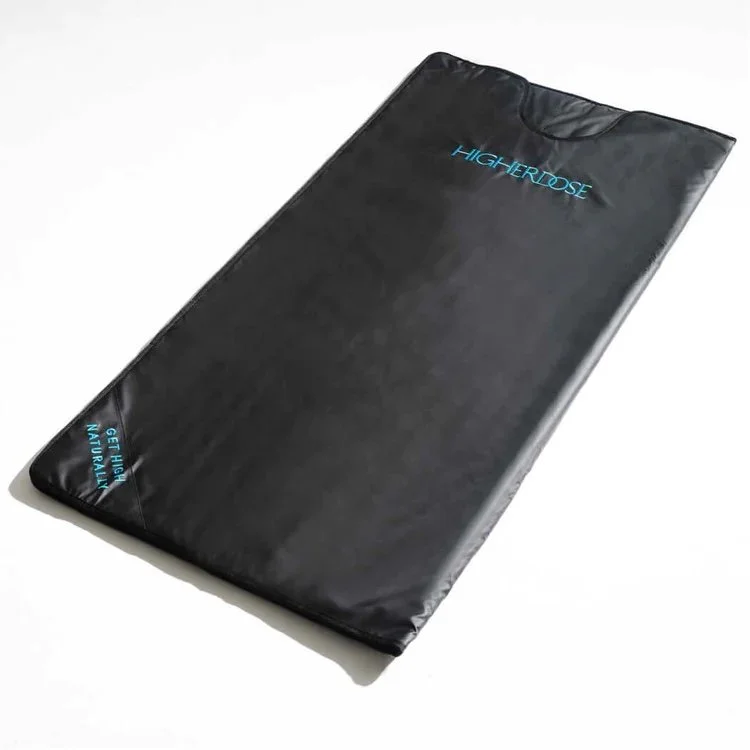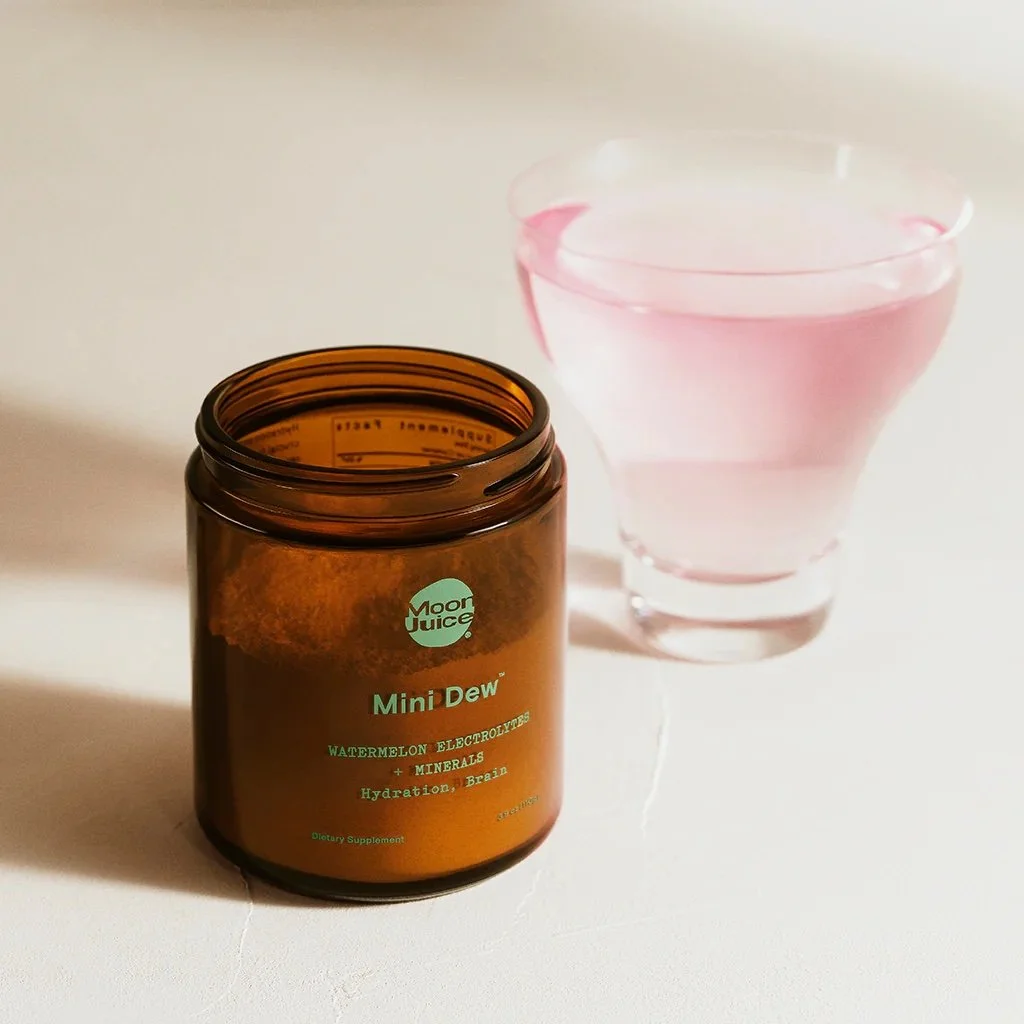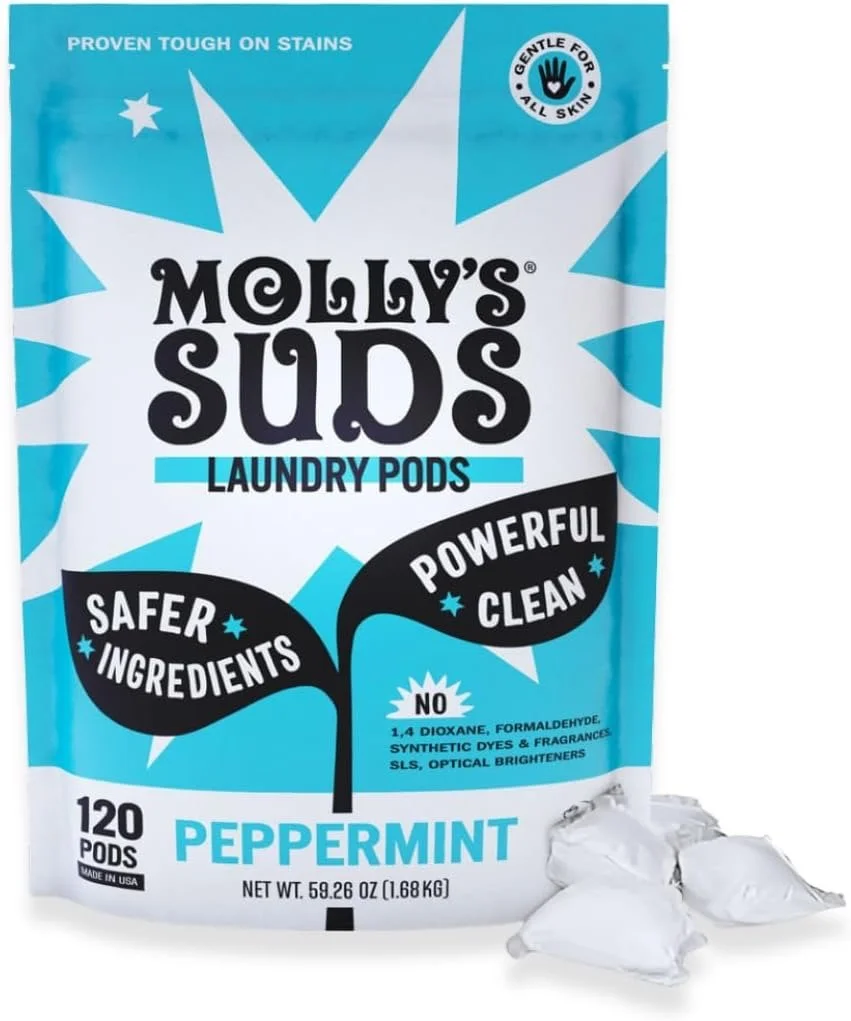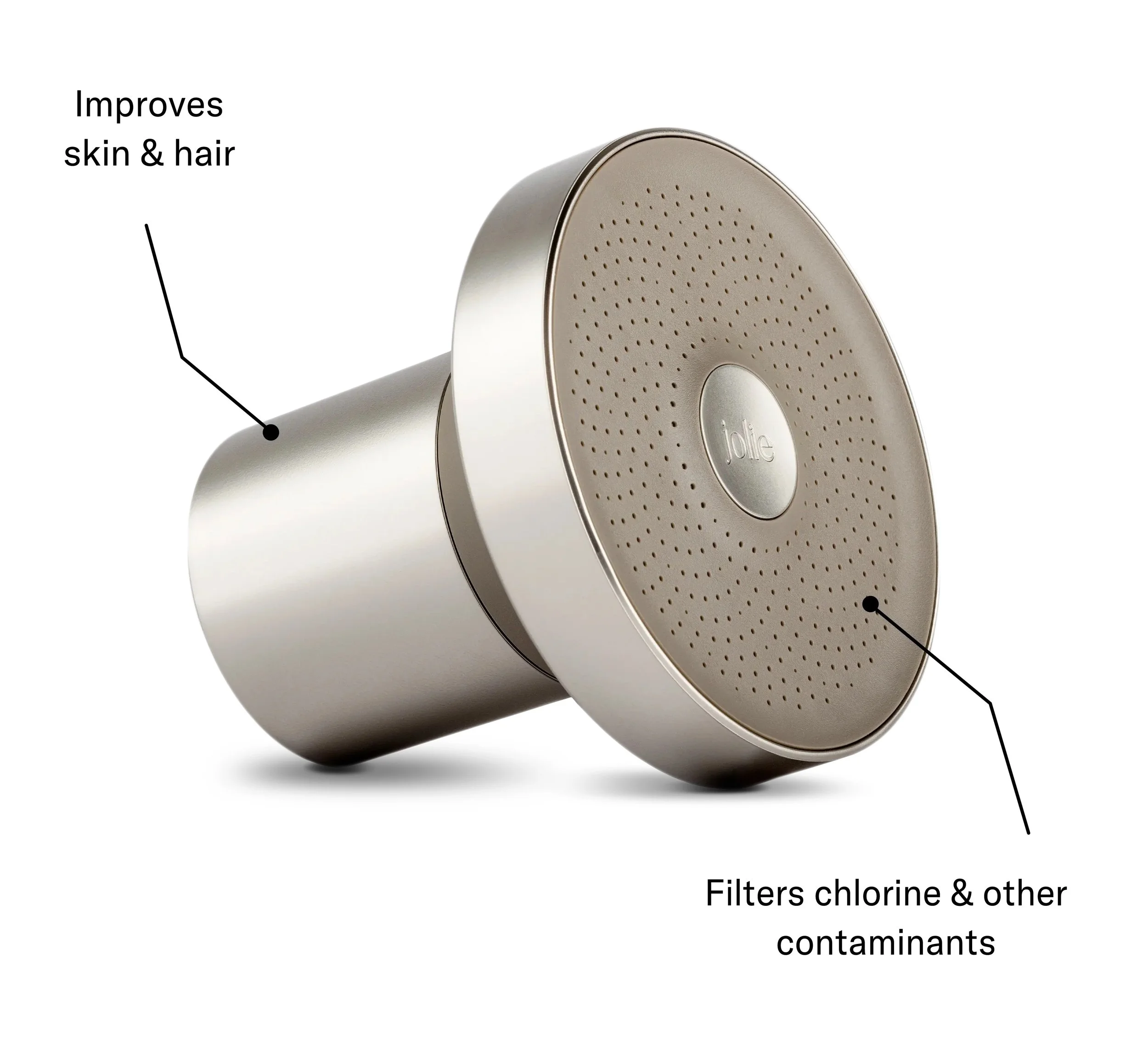Reset Your Cycle: Strategies for Hormone Balance
If you've been experiencing irregular cycles, mood swings, low energy, or skin breakouts, it might be a sign that your hormones need some support. Hormonal balance plays a crucial role in how we feel every day, affecting everything from metabolism and sleep to stress resilience and reproductive health.
The good news? With a few simple, science-backed strategies, you can support your body’s natural rhythms, optimize your cycle, and feel more in sync with yourself. Below, we’ll explore key lifestyle shifts, nutrition tips, and holistic wellness practices to help reset your cycle and bring your hormones back into balance.
1. Nourish with Hormone-Supportive Foods
Your diet is one of the most powerful tools for hormone regulation. The right nutrients help balance estrogen, support progesterone production, and reduce inflammation, all of which contribute to a regular cycle and better overall well-being.
Seed Cycling for Hormone Support
Seed cycling is a gentle, food-based approach to balancing hormones by eating specific seeds at different phases of your cycle:
Follicular Phase (Days 1–14): 1–2 tablespoons of flaxseeds and pumpkin seeds daily to support estrogen levels and ovulation.
Luteal Phase (Days 15–28): 1–2 tablespoons of sunflower seeds and sesame seeds daily to encourage healthy progesterone production.
Cruciferous Vegetables for Estrogen Detox
Broccoli, Brussels sprouts, kale, and cauliflower contain DIM (diindolylmethane), a compound that helps the body metabolize excess estrogen—an essential process for those struggling with PMS, heavy periods, or hormonal acne.
Healthy Fats for Hormone Production
Incorporate avocados, olive oil, Pumpkin Seed, chia seeds, and walnuts to help stabilize blood sugar and support the production of key reproductive hormones.
Herbal Teas for Gentle Detoxification
Liver health is crucial for hormone balance, as the liver helps metabolize and eliminate excess hormones. Teas like dandelion root, nettle, and ginger support detox pathways, reduce bloating, and help clear out lingering estrogen.
2. Optimize Detoxification & Lymphatic Flow
Your body naturally eliminates excess hormones through the liver, gut, and skin. However, modern stressors, poor diet, and environmental toxins can slow down these processes. Supporting detoxification is key to keeping your hormones in check.
Hydrate: Aim for 2.5 liters of water daily to flush toxins. Add lemon for vitamin C support.
Dry Brushing: This gentle practice stimulates the lymphatic system and improves circulation.
Infrared Sauna Therapy: Sweating is a powerful way to eliminate excess hormones and toxins. Using an Infrared Sauna Blanket a few times a week can support detox, lower stress hormones like cortisol, and even relieve PMS-related cramps.
3. Sync Your Lifestyle to Your Cycle
Tuning into your cycle can improve energy levels, reduce stress, and help prevent burnout. Each phase of your menstrual cycle has distinct needs, and aligning your lifestyle accordingly can create a sense of balance. Period Tracking apps are a great tool too tune in and start tracking your cycle. (note: recently some period tracking apps have been found to share your data -check the data and privacy policy before downloading and using such apps).
Follicular Phase (Days 1–13): Your energy is increasing. Focus on light workouts, creative projects, and nutrient-dense foods.
Ovulation Phase (Days 14–16): This is your peak energy window. Enjoy social plans, strength training, and lighter meals.
Luteal Phase (Days 17–28): Begin slowing down. Opt for lower-intensity workouts, grounding foods, and self-care practices.
Menstrual Phase (Days 1–5): Prioritize rest, hydration, and gentle movement like stretching or walking.
Shop Edit
4. Reduce Endocrine Disruptors
Hormonal imbalances can often be linked to everyday exposure to endocrine-disrupting chemicals (EDCs) found in personal care products, plastics, and household items. Making simple swaps can reduce your toxic load and support long-term hormonal health.
Switch to Clean Beauty: Look for products free of parabens, phthalates, and synthetic fragrances.
Ditch Plastic Storage Containers: Use glass or stainless steel for food storage.
Filter Your Water: Invest in a high-quality water filter to remove hormone-disrupting chemicals like chlorine and fluoride.
5. Support Your Nervous System & Manage Stress
Chronic stress is one of the biggest disruptors of hormonal balance, as high cortisol levels can interfere with estrogen, progesterone, and thyroid function.
Breathwork & Meditation: Deep breathing can lower stress hormones and improve mood.
Daily Movement: Even a 20-minute walk outside can help regulate cortisol and boost dopamine.
Quality Sleep: Aim for 7–9 hours of uninterrupted sleep to allow for hormone repair and reset.
Shop Edit
Bringing It All Together
Resetting your cycle is about supporting your body with consistent, nourishing habits rather than quick fixes. By incorporating hormone-balancing foods, reducing toxic exposure, syncing your routine with your cycle, and supporting detox pathways with tools like the HigherDOSE Infrared Sauna Blanket, you can create long-term balance and vitality.
Your hormones are always communicating with you—listen, nurture, and support them, and you’ll feel the difference from the inside out.













